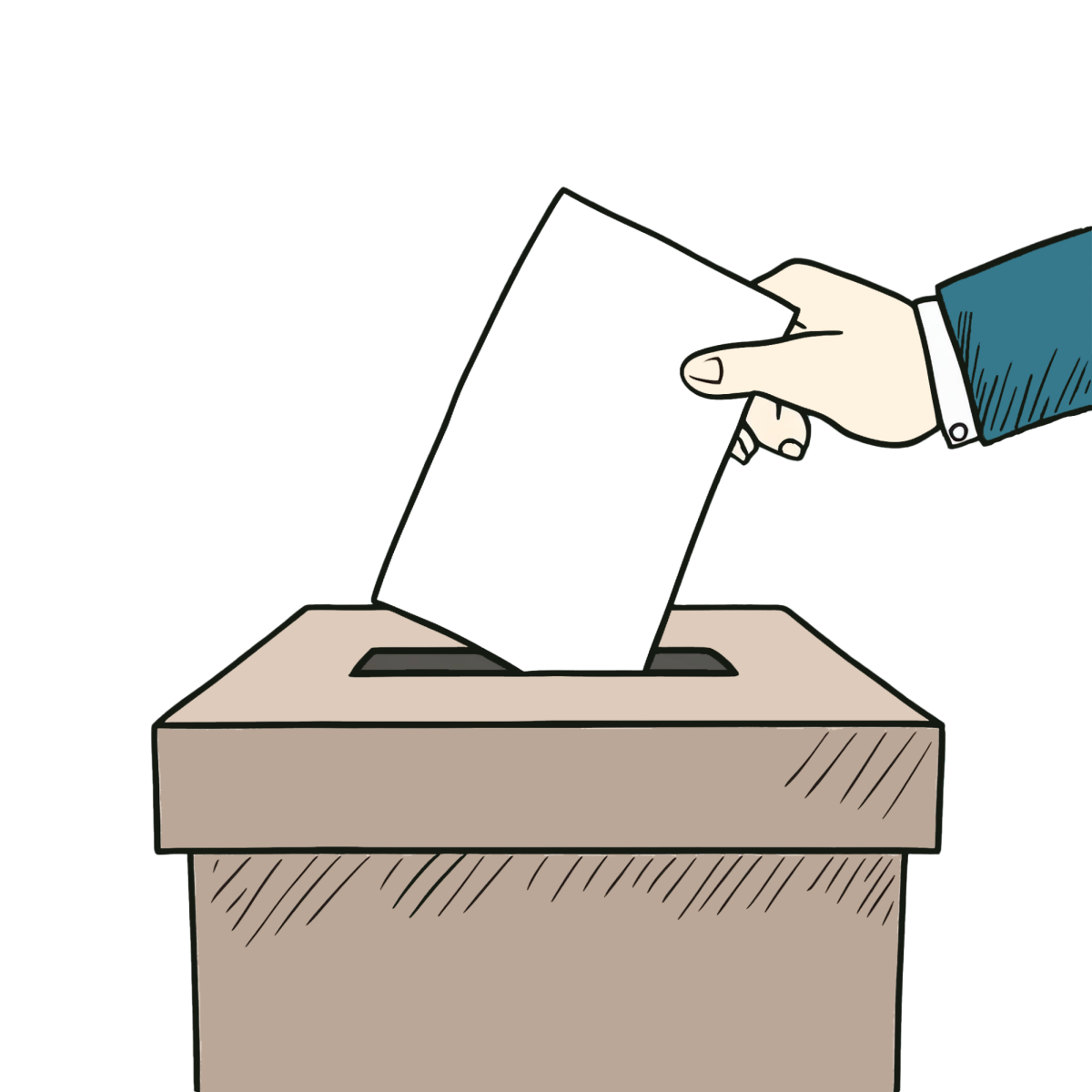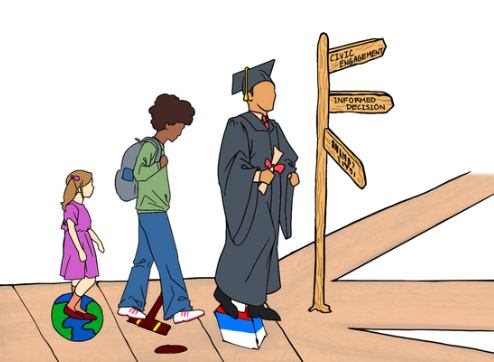There have been 163 school shootings on United States school campuses since the start of the year, according to nonprofit organization Everytown for Gun Safety. The quantity of school shootings, as well as public fears, are both increasing. According to a Pew Research Center study from 2022, around 59% of high school students are worried about experiencing a school shooting, while only 7% of students are not worried at all. In response to the rise in school shootings, students need a seat at the table in these discussions around gun regulation to keep schools safe.
Since the early 2000s, school shootings have been on a steady rise in the U.S., with a 100% increase from 2012 to 2013 and another large increase following distance-learning. Data also shows the highest counts of school shootings within the past two decades, according to the Stanford Institute for Economic Policy Research. According to Education Weekly, there have been 30 school shootings so far this year that resulted in death or injury at K-12 campuses in the U.S., killing 13 people in total and injuring 47 more.
School shootings are also not out of range at Gunn. This school year, three students in northern California were arrested for threats of gun violence targeting students or staff. In May, there was a shooting at Skyline High School in Oakland that injured two people. There have also been over a dozen bomb or gun violence threats toward schools this year in the Bay Area, including one that resulted in a lockdown at Gunn in April.
With the upcoming presidential election, the discussion of this gun violence epidemic on school campuses has moved onto the national stage. Notably, harmful political rhetoric increased following the Apalachee High School shooting in Georgia on Sept. 4. After the incident, Republican Vice Presidential nominee JD Vance addressed school shootings as a fact of life and claimed that the next step should be to increase school security. This argument echoes laws passed earlier this year in Iowa and Tennessee that allow teachers to carry concealed weapons as a safety measure. Policies like these are part of the “Arm the Teachers” movement and are widely denounced by bipartisan education organizations as ineffective and dangerous. Listening to teachers and students advocating for better school support and gun regulation will be more effective than equipping K-12 teachers with weapons to use against attackers.
Involving more students in discussions around school violence can also help prevent potential shootings. According to a comprehensive 2004 study by the U.S. Department of Education and the Secret Service, 93% of school shooters planned their attacks beforehand, and in more than 80% of shootings, at least one other person was cognizant of their plans. Furthermore, a 2019 study by the Secret Service found that 75% of active shooters showed warning signs, including spreading threats, images, or messages alluding to gun violence. With proper education and student input on preventative measures, adults on campus can better catch warning signs and relay information of threats to the proper authorities and systems in place to prevent attacks.
The priority in responding to school violence should be the safety of students and staff, and the conversations addressing shootings need to proactively combat the widespread issue as a whole, tackling deficits in gun control and enlisting student resources for the safety of everyone involved.
— Unsigned editorials represent the majority opinion of the staff (assenting: 16; dissenting: 2; abstaining: 0).






























